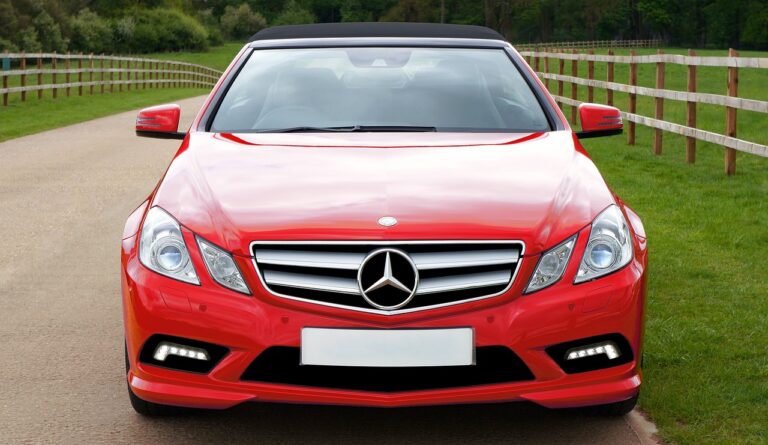The Evolution of Vehicle-to-Grid-to-Home-to-Home (V2G2H) Energy Solutions
Energy sharing between vehicles and homes is a concept that revolves around the bi-directional flow of electricity from electric vehicles (EVs) to households and vice versa. Essentially, EVs can serve not only as transportation devices but also as energy storage units. When parked, they can be used to store excess energy from the grid or renewable sources and later feed it back into the home’s electrical system during peak hours or in case of power outages. This innovative concept has the potential to enhance energy efficiency and grid reliability while reducing overall energy costs for consumers.
By enabling homes to tap into the stored energy of EV batteries, this concept can help balance energy demand and supply, especially during peak periods when the grid is under strain. Additionally, energy sharing can promote the integration of renewable energy sources by allowing EVs to store excess energy generated from solar panels or wind turbines, subsequently providing a sustainable power source for homes. As the world shifts towards cleaner energy solutions, the idea of energy sharing between vehicles and homes presents a promising path towards a more efficient and environmentally friendly energy system.
Benefits of Implementing Vehicle-to-Grid Energy Solutions
As the world moves towards sustainable energy solutions, the concept of vehicle-to-grid technology is gaining traction. This innovative approach allows electric vehicles to not only consume energy but also to provide power back to the grid. By tapping into the energy stored in electric vehicle batteries, this two-way flow of electricity offers a range of benefits for both vehicle owners and the grid infrastructure.
One of the main benefits of implementing vehicle-to-grid energy solutions is the potential for increased grid stability and reliability. During peak demand periods or in emergency situations, electric vehicles can act as a backup power source, helping to balance the supply and demand of electricity. This can reduce the strain on traditional power plants and enhance the overall resilience of the grid.
What is vehicle-to-grid energy solutions?
Vehicle-to-grid (V2G) energy solutions involve the sharing of energy between electric vehicles and the power grid, allowing vehicles to both consume and provide electricity to the grid.
How does energy sharing between vehicles and homes work?
Energy sharing between vehicles and homes involves electric vehicles being charged during off-peak hours when electricity rates are lower, and then providing energy back to the grid or home during peak hours when rates are higher.
What are the benefits of implementing vehicle-to-grid energy solutions?
Some benefits of implementing V2G energy solutions include reducing peak electricity demand, lowering overall energy costs, increasing grid stability and resilience, and reducing greenhouse gas emissions.
Can V2G energy solutions help with grid reliability?
Yes, V2G energy solutions can help improve grid reliability by providing additional energy storage capacity and balancing out fluctuations in supply and demand.
How can consumers benefit from participating in vehicle-to-grid programs?
Consumers can benefit from participating in V2G programs by potentially earning money from selling excess energy back to the grid, reducing their electricity bills, and contributing to a more sustainable energy system.







